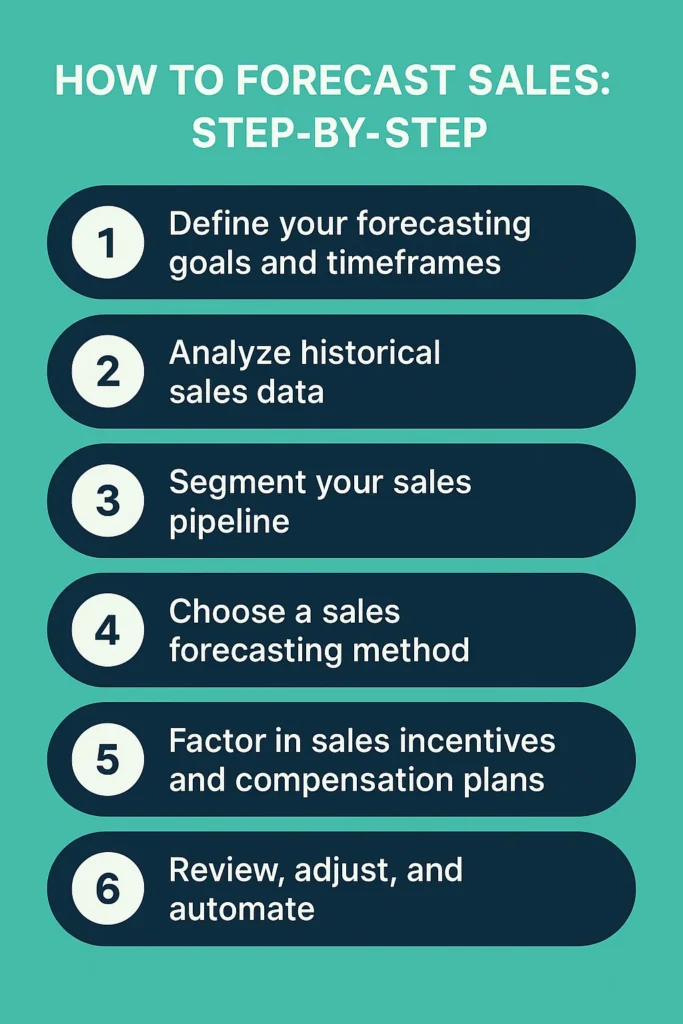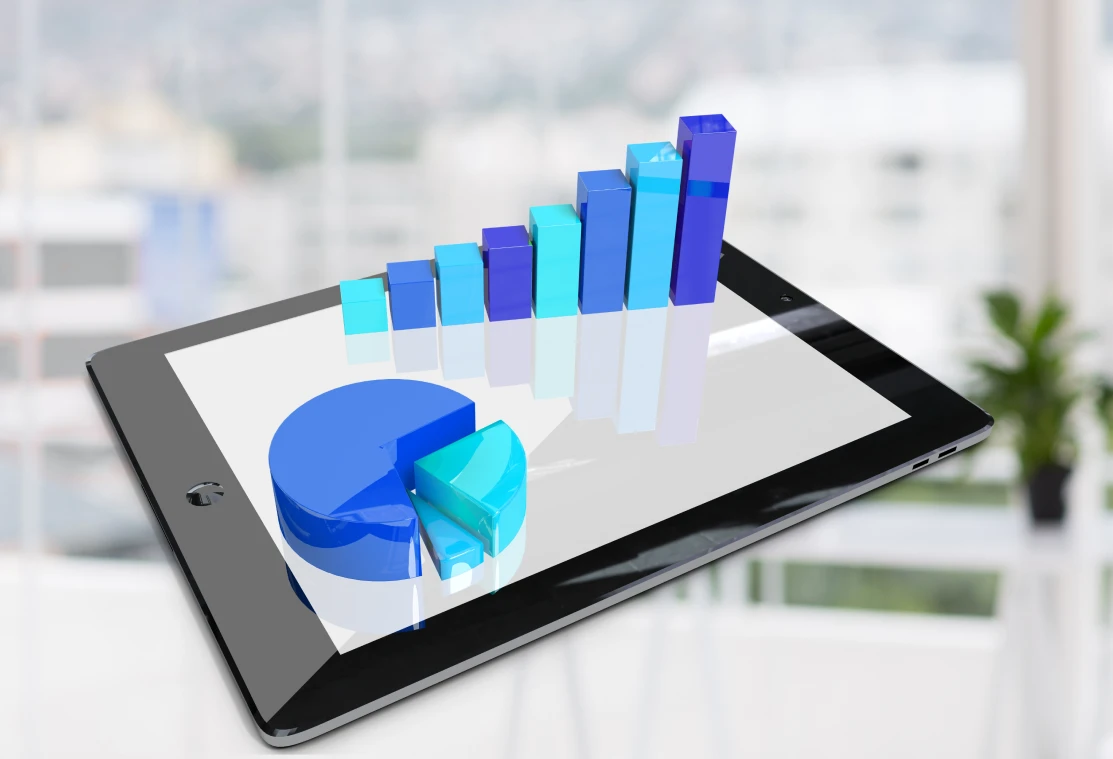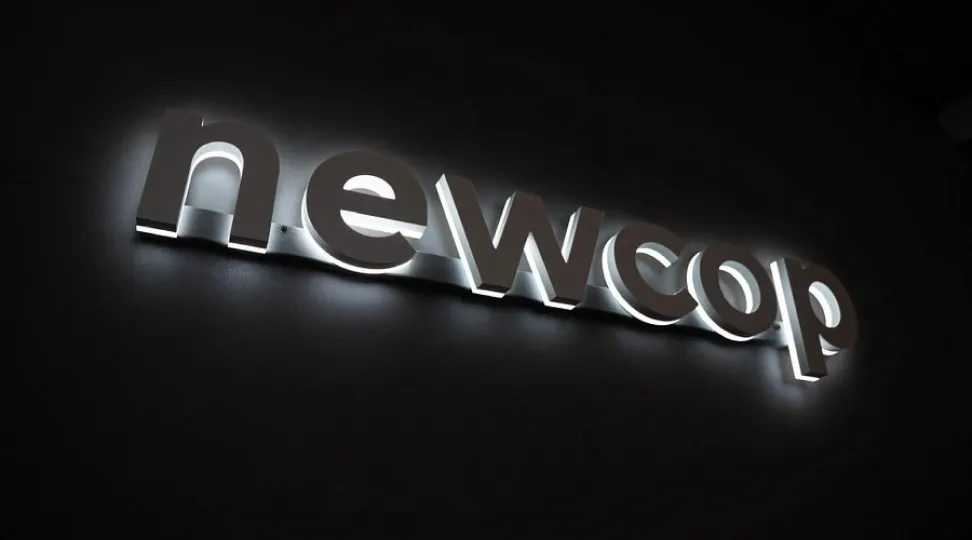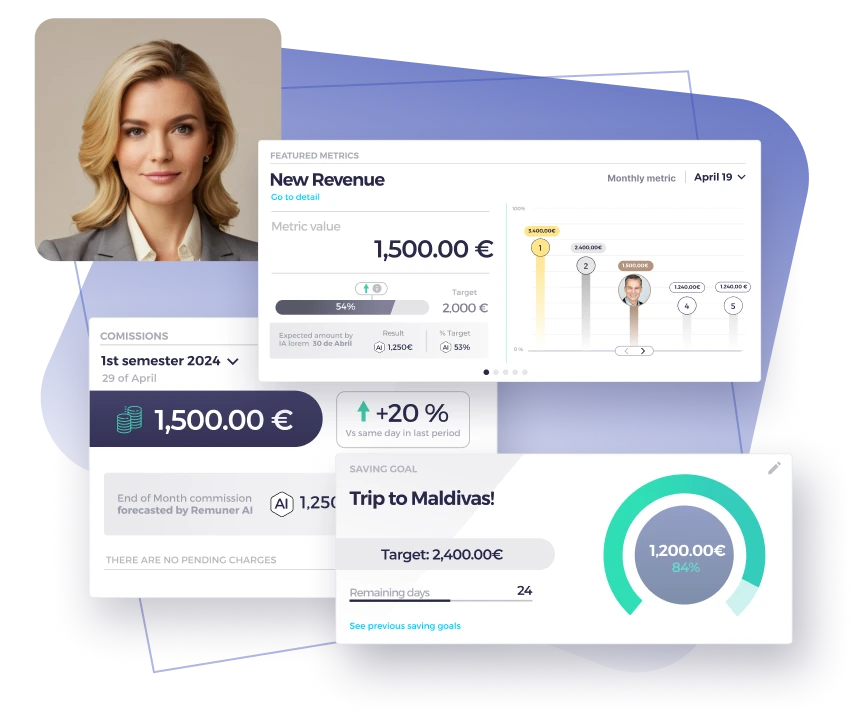Table of contents
What is a sales forecast?
A sales forecast is an estimate of how much revenue your company expects to generate over a specific period—be it a month, quarter, or year. This prediction is based on a mix of historical sales data, current pipeline activity, and real-time market insights.
At its core, sales forecasting helps sales leaders, reps, and revenue teams make smarter decisions. Whether it’s hiring more reps, adjusting quotas, allocating marketing spend, or planning compensation strategies, a reliable forecast is the foundation for predictable growth.
Why sales forecasting matters
Sales forecasting answers one core question: How much revenue will we generate in a given period—month, quarter, or year? Beyond that, it influences decisions in:
- Hiring and onboarding sales reps
- Budgeting compensation and incentives
- Aligning marketing efforts
- Setting quotas and sales targets
Without an accurate sales forecast, you risk overspending, underdelivering, and missing growth opportunities. According to Forrester’s Future of Sales Forecasting report, 78% of revenue teams now use AI-powered tools to reduce forecast errors by 30% or more.
Common sales forecasting challenges
Sales forecasting can go wrong for many reasons:
- Unreliable historical sales data
- Lack of standardized forecasting methods
- Poor visibility into the sales pipeline
- Manual processes and spreadsheets
- No integration with compensation plans or incentives
This is where commission tracking software like Remuner becomes a game-changer. It links sales performance directly to real-time incentive data, enabling a more accurate forecast of both revenue and payout liabilities.
How to forecast sales: step-by-step
Let’s break down the complete sales forecasting process into six actionable steps:

1. Define your forecasting goals and timeframes
Are you forecasting revenue, deals closed, or sales rep performance? Choose your time frame (e.g., next month, quarter, or year), and tie it to broader business goals—such as launching a new product or expanding into a new market.
2. Analyze historical sales data
Historical sales data is your best baseline for predictions. Look at:
- Sales by product or service
- Seasonality trends
- Conversion rates at each pipeline stage
- Average deal size and close time
💡 Pro Tip: Use Remuner to compare historical compensation payouts with revenue closed. This helps identify when high commissions correlate with higher performance.
3. Segment your sales pipeline
Break down your pipeline into meaningful categories:
- Stage of deal (e.g., discovery, proposal, contract sent)
- Probability to close
- Sales rep performance
- Industry or buyer persona
By segmenting data, you improve the accuracy of your forecast—and make it easier to optimize sales incentives for each rep.
4. Choose a sales forecasting method
Here are five proven methods to accurately forecast your sales:
a) Historical Forecasting
Use past results to predict future sales. Best for stable markets with recurring patterns.
b) Opportunity Stage Forecasting
Assign probabilities to each pipeline stage (e.g., 70% for proposal sent). Multiply deal value by that probability to forecast revenue.
c) Length of Sales Cycle Forecasting
Estimate close dates based on how long similar deals have taken historically.
d) Top-down Forecasting
Start with market size and expected share, then work backward to individual rep quotas.
e) Bottom-up Forecasting
Start with each rep’s pipeline and build your forecast from the ground up.
Why it matters: Not all sales teams are the same. High-velocity B2B SaaS sales benefit from cycle-based forecasting, while long enterprise deals often need opportunity stage models.
5. Factor in sales incentives and compensation plans
Sales incentives dramatically impact sales performance. If your team earns 10% commission on deals over $10K, expect a push toward high-value deals late in the quarter.
Include these factors in your forecast:
- Commission tiers
- Quota attainment bonuses
- OTE structure (on-target earnings)
- Spiffs and short-term rewards
Tools like Remuner allow you to model these dynamics directly into your forecasts. You’ll see not just the projected revenue—but the cost of achieving it.
6. Review, adjust, and automate
Forecasts are not static. Update them weekly or biweekly based on:
- Changes in the sales pipeline
- New closed deals
- Lost opportunities
- Changes in compensation structure
💡 Tip: Use real-time dashboards in a sales forecasting software to automate this process. With Remuner, you can track quota progress and incentive alignment in one view.
Sales forecasting examples
Let’s see how two companies use sales forecasting in real life.
Example 1: B2B SaaS company
Goal: Forecast Q3 revenue
Method: Opportunity stage forecasting
Steps:
- Sales rep pipeline = $600K in total
- Weighted by probability:
- $100K at 90% = $90K
- $200K at 70% = $140K
- $300K at 40% = $120K
Forecasted revenue: $350K
Adjustment: Add incentive modeling via Remuner—if 60% of deals close when a rep nears quota, expect a push in the final month.
Example 2: Manufacturing company
Goal: Forecast annual sales
Method: Historical forecasting
Steps:
- Past year revenue: $5M
- YoY growth trend: 10%
- Adjust for new product launch: +5%
Forecasted revenue: $5.75M
Adjustment: Track historical incentive spend using Remuner to validate whether compensation plans correlate with higher revenue.
Choosing the right sales forecasting software
Manual forecasting with spreadsheets or CRMs leads to errors. You need tools that can handle:
- Real-time pipeline data
- Rep-level performance tracking
- Compensation and quota modeling
- Commission tracking software integration
Key sales forecasting metrics to track
- Win rate – Total closed deals ÷ total qualified leads
- Quota attainment – Deals closed ÷ individual quota
- Sales velocity – Average deal size × win rate ÷ sales cycle length
- Forecast accuracy – Forecasted vs actual revenue
- Commission cost per sale – Total commission ÷ closed deals
Tracking these metrics helps identify weak points in your forecasting process and adjust your compensation strategies accordingly.
Aligning compensation with sales forecasts
Compensation drives behavior. Your forecast must reflect how incentives impact:
- Deal prioritization
- Closing urgency
- Team collaboration
For example, if your sales compensation plan rewards large deal sizes but ignores cycle length, your forecast might overestimate short-term revenue. Using Remuner helps correct for this bias by showing incentive impact in real time.
Forecasting sales: final checklist
- ✅ Define a clear forecasting goal and timeline
- ✅ Use historical sales data as your baseline
- ✅ Segment your pipeline by stage and rep
- ✅ Select the right forecasting method for your sales model
- ✅ Factor in compensation and incentives
- ✅ Track sales performance metrics weekly
- ✅ Use forecasting and commission software
FAQs about sales forecasting
What is the best way to forecast sales?
The best way depends on your business model. Use opportunity stage or sales cycle methods for B2B SaaS; use historical trends for traditional industries.
How do compensation plans affect sales forecasts?
They influence rep behavior. Aggressive commissions can accelerate deals, while capped incentives may slow momentum.
What tools help with sales forecasting?
Look for platforms with real-time data, rep tracking, and incentive modeling. Remuner is a top solution for integrating commission tracking with forecasting.
How often should I update my sales forecast?
At least biweekly. More frequent updates during high-volume periods like end-of-quarter or after incentive plan changes.
Why is accurate forecasting important?
It prevents revenue surprises, aligns teams, supports hiring and budgeting, and helps you hit long-term growth goals.





